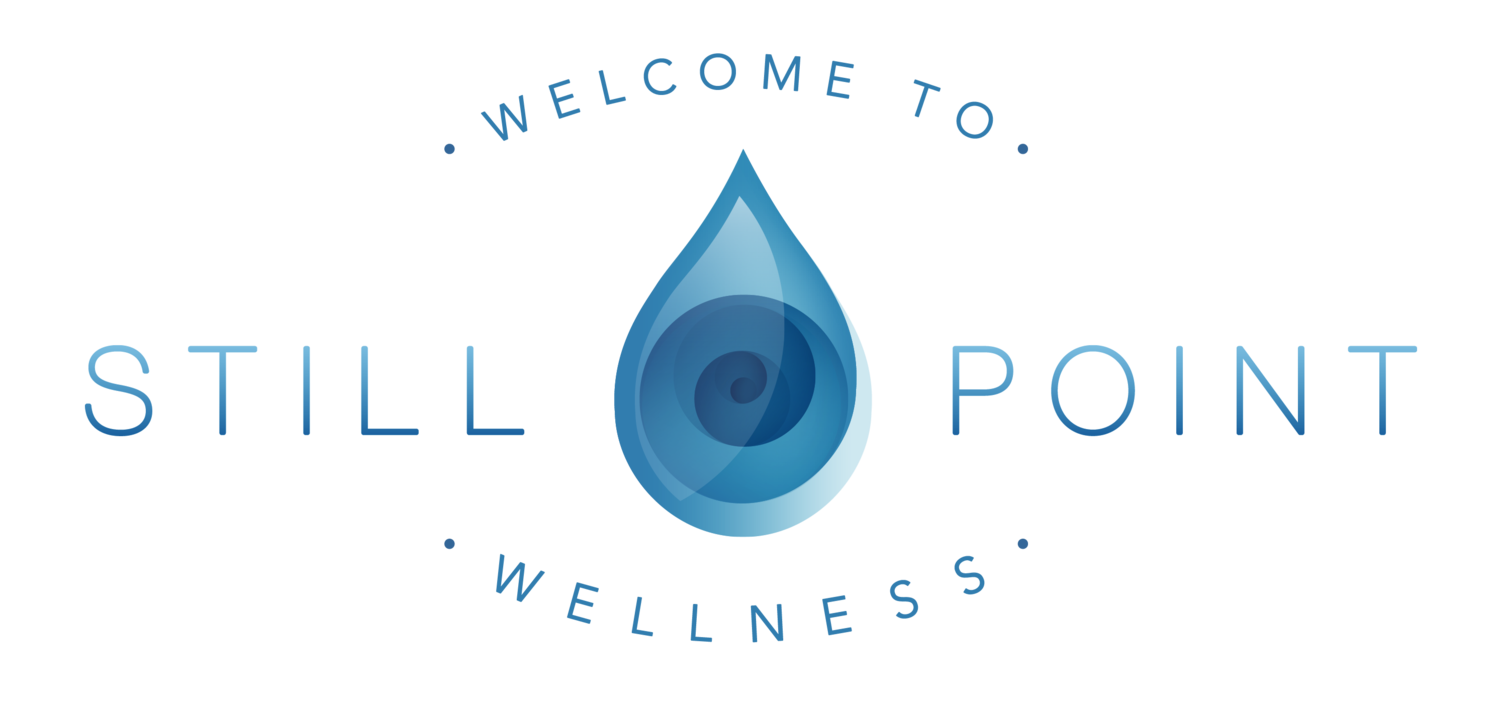CranioSacral Therapy
With light touch and gentle manipulations to the Cranial Sacral system, self-corrected physiological activities take place to correct imbalances and treat a host of health problems. This visionary approach is designed to introduce analytical and intuitive understanding of CranioSacral work. It is the art of healing touch. This exquisitely sensitive, subtle and careful work can be highly effective when properly applied; the gentlest of approaches is often more powerful than the most robust.
A cranial therapist is trained to “palpate”, or feel with his or her hands, the motion of the Cranial Sacral system as a unified, integrated movement. The touch is extremely gentle and sensitive, and one is able to diagnose the movement of the system as a whole by locating critical points of restriction in the cranium.
Restrictions which result from injury, inflexibility of the joints of the spine and cranium, or from dysfunctions in other parts of the body can cause abnormal motion in the Cranial Sacral system. The abnormal motion leads to stresses in the cranial mechanism which can contribute to dysfunction and poor health, especially in the brain and spinal cord. The purpose of Cranial Sacral therapy is to enhance the functioning of this important system.
When there is synchronous movement in the Cranial Sacral system, the physiology of the central nervous system functions more efficiently and the nerve tissue is, in general, healthier. Cranial Sacral therapy is rapidly gaining acceptance among health practitioners and the public. This may be due in part to the non-intrusive nature of this therapy and how it works with the entire structure, physiology, mind, and spirit.






